A couple weeks ago I went to Painting with a Twist with a friend and fellow dog lover (and founder of Team Dog ATX) for a “Paint Your Pet” class. I was excited to make a portrait of my dear, departed Hank, but let me tell you, I was nervous.
The last time I took a visual art class, I was in college. It was a drawing workshop, and I worked my tail off, and I even came out with a couple pieces I was really proud of. But at the end-of-quarter evaluation, in front of the whole class, the professor said, “Well, Sarah, you’re lucky we grade on work ethic and improvement.” I was just taking the class for a fun elective credit, but her evaluation didn’t exactly spark my self-confidence.
But I digress. Here’s how it went at Painting with a Twist.
First, they told us the rules:
Don’t say anything bad about anybody else’s work—or your own.
If you get frustrated, step back and look at your painting from a different perspective.
Everyone will go home with a painting they’re happy with.
Then it was time to get started. We’d been asked to send in photos of our pets ahead of time, and when we got to the studio, the teaching artists had handed each of us a canvas with our pet’s headshot pre-sketched, color-by-number style. Our job was to mix our own paints and then fill in each block on the canvas with the color of the corresponding number—one being the lightest and five being the darkest. Next, we would learn how to blend the colors to create fur texture, and finally, we’d tackle the minute details like the nose and eyes.
From the moment they told us to start mixing colors, I was a littlevery anxious. What if I didn’t get the colors right? What if this didn’t look anything like Hank after I was done? Should there really be so much of the lightest color on his face? I mean, he didn’t have that many gray whiskers. I was questioning everything about the task ahead of me, so much so that I sat there for probably five minutes, paralyzed. Finally, I caught a teaching artist as she walked by, and I lobbed a bunch of half-formed questions at her. When she looked at me like a crazy person, I started over and kept it simple: “I’m scared.”
She laughed and said, “Trust the process. If you get the colors down and you don’t like it we can fix it later.”
So I got started, and as I was about halfway through painting the color blocks, my friend asked how I was doing. “I’m just trusting the process,” I said. In reality, I felt like I was butchering the thing but, remembering rule number one, I didn’t say so.
But once I got the colors down and started fine tuning—blending some areas, painting over others, and filling in Hank’s facial features—my anxiety started to ease. I started to like what I was seeing on the canvas, and I started having fun with the details. And, sure enough, I came home with a painting I love (though whether it’s museum quality or not is certainly up for debate).
In the days that followed the class, as I obsessed over my painting and told everyone who would listen how scared I’d been but how happy I ended up, I realized those three hours were, in many ways, a highly condensed reflection of the writing process.
We started out with an outline, laid down the broad strokes, revised, and polished. There was a lot of hair-pulling and hand-wringing, and there were several moments I was convinced I’d ruined the entire thing, but there were even more moments of joy and discovery and excitement.
When we’re working on a novel, those moments of frustration and those times we feel like giving up can feel interminable. At Painting with a Twist, the fact that I’d paid to be there and had a three-hour deadline helped me keep going, but so did the rules they gave us at the beginning. I really did focus on talking (if not always thinking) positively, I made a point to step back occasionally, and I held the teachers to their promise that I would be happy with the final product.
And the fact that the whole experience was just three hours gives me the opportunity to reflect on the process overall—I can clearly see the full journey in a way we can’t always do when we’re in the middle of a months- or years-long writing process. But my hope is that, next time I’m bogged down in a manuscript, I can think back to Painting with a Twist and remember that, even though it’s hard now, it’ll get fun again soon.
